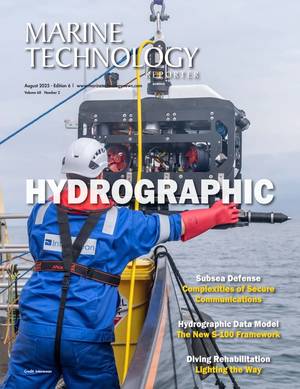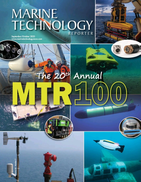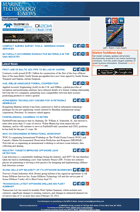Crew Connectivity Evolves from Luxury to Lifeline
The maritime industry has long wrestled with the challenge of attracting and retaining skilled seafarers. But according to Eric Griffin, VP of Offshore Energy & Fishing, Maritime, at Inmarsat, one factor now sits firmly at the center of the conversation: seamless connectivity.
- On October 22, Maritime Reporter & Engineering News will host a webinar entilted Crewed Up or Crew Cut? Rethinking retention and recruitment at sea. Click here to register and to learn from vessel owners their own experience in utilizing connectivity for seafarer recruitment and retention.
“Traditionally, seafarers were used to being away for long periods without internet—maybe a phone call or two while at sea,” Griffin explained. “But today’s younger crews aren’t wired that way. They expect the same level of connectivity at sea that they get at home. Social media, streaming services, gaming, video calls—it’s no longer a luxury. It’s a need.”
A Recruitment and Retention Imperative
The generational shift in crews has reshaped expectations. Griffin calls it the “Starbucks experience” – always-on, reliable connectivity from the middle of the ocean to the middle of a coffee shop. And it has quickly become a recruiting tool.
“If vessel owners don’t invest in connectivity, they risk losing talent to competitors who do,” Griffin said. “Replacing a crew member is costly. Reliable internet access has become one of the most effective ways to keep seafarers loyal, motivated, and healthy during long rotations at sea.”
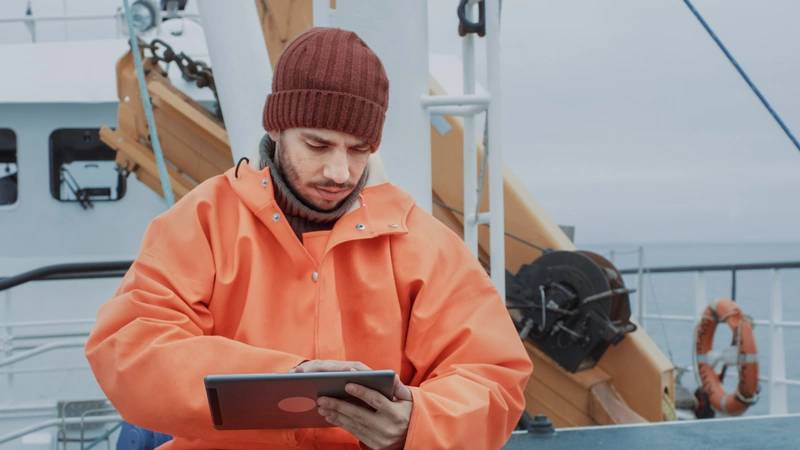 Copyright Gorodenkoff/AdobeStock
Copyright Gorodenkoff/AdobeStock
The Inmarsat Solution: Nexus Wave
Inmarsat has built its reputation on four decades of maritime connectivity. Its Fleet Xpress service, launched in 2016, connected more than 15,000 vessels. Now, the company is rolling out Nexus Wave, a multi-layered, multi-network solution designed for today’s higher expectations.
“What sets us apart is that we don’t force operators into an either/or choice between LEO, VSAT, LTE, or FleetBroadband,” Griffin noted. “We bond all of those networks together into a single pipeline, delivering higher throughput and a more reliable connection.”
Nexus Wave also scales with evolving technology. As new satellite services and communications options come online later this decade, they can be added seamlessly into the system. And with expanded bandwidth comes added risk—so Inmarsat has built cybersecurity directly into the offering to ensure secure, end-to-end connections.
Tangible ROI for Shipowners
The payoff is already visible. Since its launch, Nexus Wave has surpassed 1,000 orders worldwide. One U.S.-based tanker owner reports that high-speed crew internet has been vital in keeping their workforce motivated and loyal.
“When we talk with crews onboard, they all say the same thing: they want to stay connected with family and friends and enjoy the same comforts of home while at sea,” Griffin said. “Those simple comforts help determine whether they stay with an employer—or look elsewhere.”
And it’s not limited to tankers. Commercial fishing vessels, OSVs, and merchant fleets all report the same message: connectivity matters.
A New Baseline at Sea
As the maritime industry faces a tightening talent pool, Griffin believes shipowners can’t afford to ignore what has become a baseline expectation. “If we want to attract the next generation of mariners,” he said, “connectivity is no longer optional. It’s essential.”

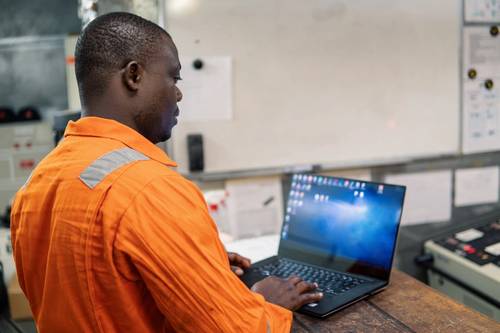
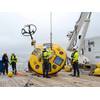


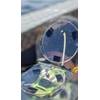

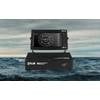







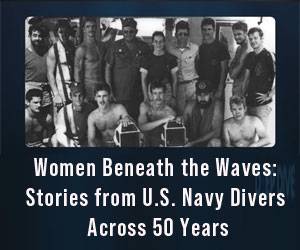
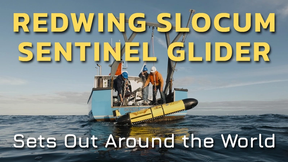
 August 2025
August 2025
